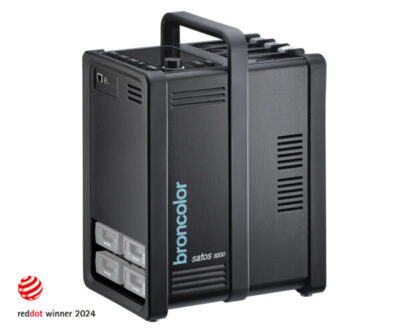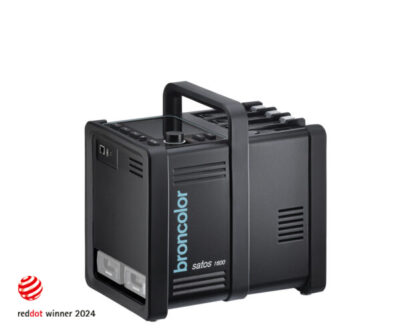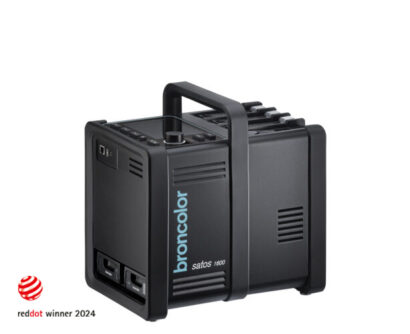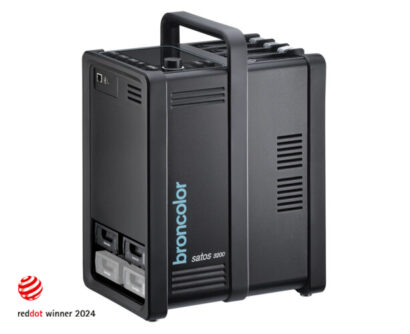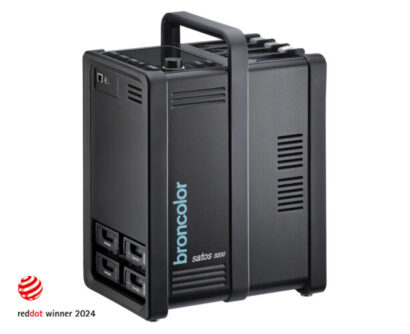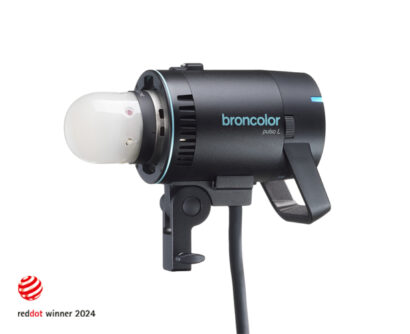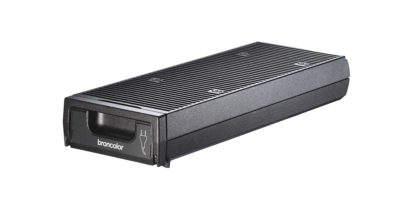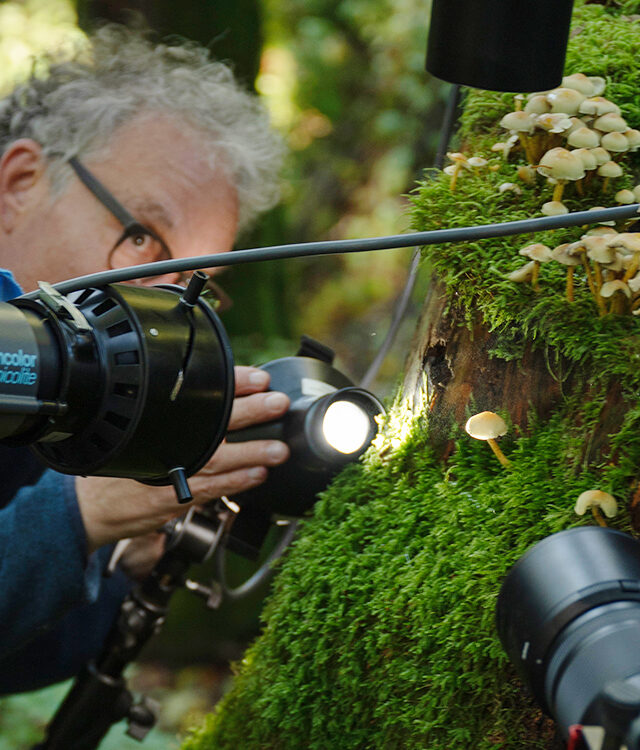We had the pleasure of welcoming Urs Tillmanns from the Swiss photography magazine "Fotointern" to our "Tag des Blitzes ("Day of the Flash"). An article about the visit is published at https://www.fotointern.ch/arch... (in German only). With the kind permission of the magazine, we are also publishing the article on our blog:
"Broncolor flash units are a household name in the professional scene, and it is also well known that the flash units and accessories are manufactured in Switzerland, in Allschwil near Basel. Fotointern recently had the opportunity to visit the factory and gain an impression of the exciting production processes.
The history of Bron goes back some 75 years, when the brothers Pierre and Joseph Bron founded Bron & Co in Basel in 1948, where they coated lenses and sold X-ray equipment and photographic accessories. A year later, Dimitiri Rebikoff was looking for a distribution partner for his flash units and found a valid partner in the Bron brothers. Rebikoff ceased production in 1952 and bequeathed the license to manufacture flash units under the name Broncolor to the Bron company.

The headquarters of Bron Elektronik AG in Allschwil. Everything is under one roof here, from development and production to worldwide shipping.
A long story in a nutshell. Since then, Bron Elektronik AG has developed a large number of device generations itself and manufactured them in its own factory in Allschwil. With a small development team, Bron has continuously applied the latest technologies to its devices and, as a flexible company, is able to offer state-of-the-art devices that support professional photographers in their demanding tasks with maximum efficiency and ease of use.

The company is justifiably proud of its history and therefore also preserves the now rare equipment in a small museum.
A look behind the scenes
The Bron company building at Hagmattstrasse 7 in Allschwil, a stone's throw from the French border, is home to the development, production, warehouse and administration departments. With around 50 employees, it is a medium-sized SME with around 15 people working in administration and logistics and around 35 in development, production of assemblies, assembly, quality assurance, warehouse management and shipping. In other words, a small team with clear and efficient production processes.
The vertical range of manufacture of the products is astonishing. "We produce as much as possible in-house and only have special parts made of cast aluminum, stamped parts, plastic injection molding, optical elements and individual electronic components manufactured by suppliers," explains Operations Manager Daniel Niederhauser. This not only leads to flexible production and products that can be quickly adapted to market trends and customer requirements, but also to less dependence on suppliers.

One example of this is the production of printed circuit boards with an automatic placement machine that places the electronic components on the boards, which are guided online to the soldering tunnel, at breathtaking speed and with an accuracy of a thousandth. The system processes up to 64,000 chip components per hour; the number of finished PCBs depends on the size of the PCBs to be assembled and the assembly density.

View of the assembly hall. This is where the assemblies are assembled perpendicularly at individual workstations until the finished devices are ready.

Here you can already see the round main board of a Siros compact flash unit. A quality check is carried out after each major work step. In this way, the failure rate is kept as low as possible.

Here is the inner workings of a lamp head. The modeling light consists of many different LED elements. A heat protection filter is fitted in front of it. "People always talk about cold light with LEDs. That's not quite true, because the heat is generated behind the elements and has to be dissipated there," explains Daniel Niederhauser. The modeling light is becoming increasingly important because the devices are often used as a continuous light source for video productions in line with current trends.

In this test adapter, the electronic circuits are subjected to an in-circuit and function test, or prototypes can also be programmed here.

The fully assembled Satos generators are waiting to be installed in the housings. These have become increasingly compact in recent decades with miniaturized components. "However, there is a limit: The powerful capacitors can hardly be built any smaller. The high power simply needs space," explains Niederhauser.

Final assembly of the Siros L compact flash units. These are becoming increasingly popular with professional photographers due to their high performance and extensive range of accessories - especially for outdoor assignments.

The fully assembled Siros compact flash units await their firmware, quality control and stress test. Only then do they start their journey to their future service providers.

Here, the flash units are subjected to a strict final inspection. Everything is measured, calibrated and data recorded. Finally, the software is installed. When developing the software, which is also done in-house, care is taken to ensure that new features and functions can also be used on older devices with appropriate firmware updates.

Then it's off to the torture chamber. Here, each device is subjected to an endurance test with more than a thousand flashes - a veritable lightning storm. After this "burn-in test", each device undergoes another test run. A precise record is kept of every detail specific to the appliance so that any repairs or complaints can be traced back to the cause.

View of the shipping department. This is where the finished products are prepared for their journey and then shipped to more than 60 countries. Depending on the destination, shipping is carried out under customs seal, which enables particularly smooth and speedy delivery.

Bron Elektronik AG also maintains a showroom where all current products are on display. This is intended less for end consumers than for trade customers who sell Broncolor appliances in their countries.

Bron also has an impressive photo studio, where new equipment and light shapers are tested in practical use and where workshops and courses are also held.
Conclusion
At the end of an interesting day, we gained an exciting insight into a factory that will be remembered in particular for its high proportion of in-house production and impressive quality control. This quality and the "Made in Switzerland" also has its price. Broncolor devices are not cheap, but they guarantee durability and reliability - important factors in the demanding work of professional photography."
Text and pictures:
Urs Tillmanns / Fotointern.ch
Original article:


